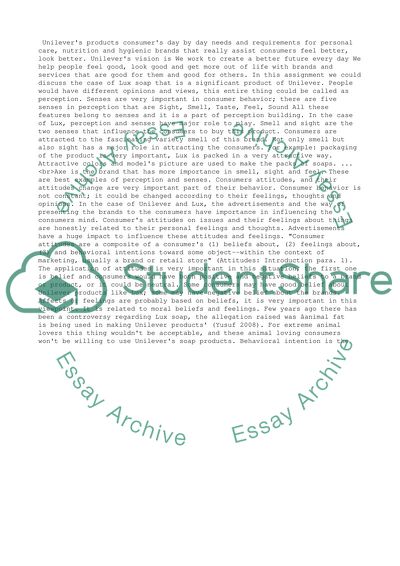Cite this document
(“Consumer Behavior: Knowledge and understanding of the processes Assignment”, n.d.)
Retrieved from https://studentshare.org/business/1393424-consumer-behivore
Retrieved from https://studentshare.org/business/1393424-consumer-behivore
(Consumer Behavior: Knowledge and Understanding of the Processes Assignment)
https://studentshare.org/business/1393424-consumer-behivore.
https://studentshare.org/business/1393424-consumer-behivore.
“Consumer Behavior: Knowledge and Understanding of the Processes Assignment”, n.d. https://studentshare.org/business/1393424-consumer-behivore.


